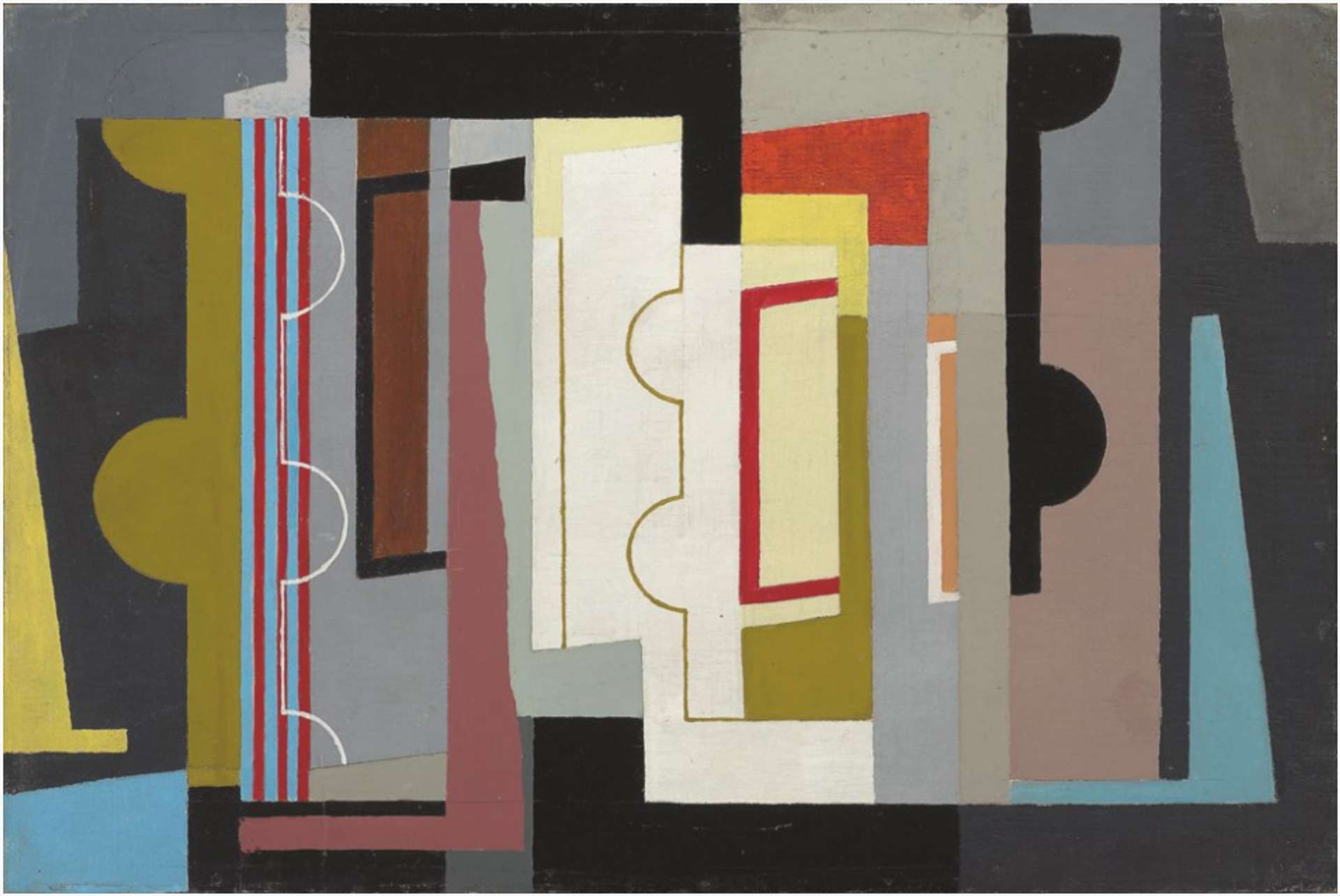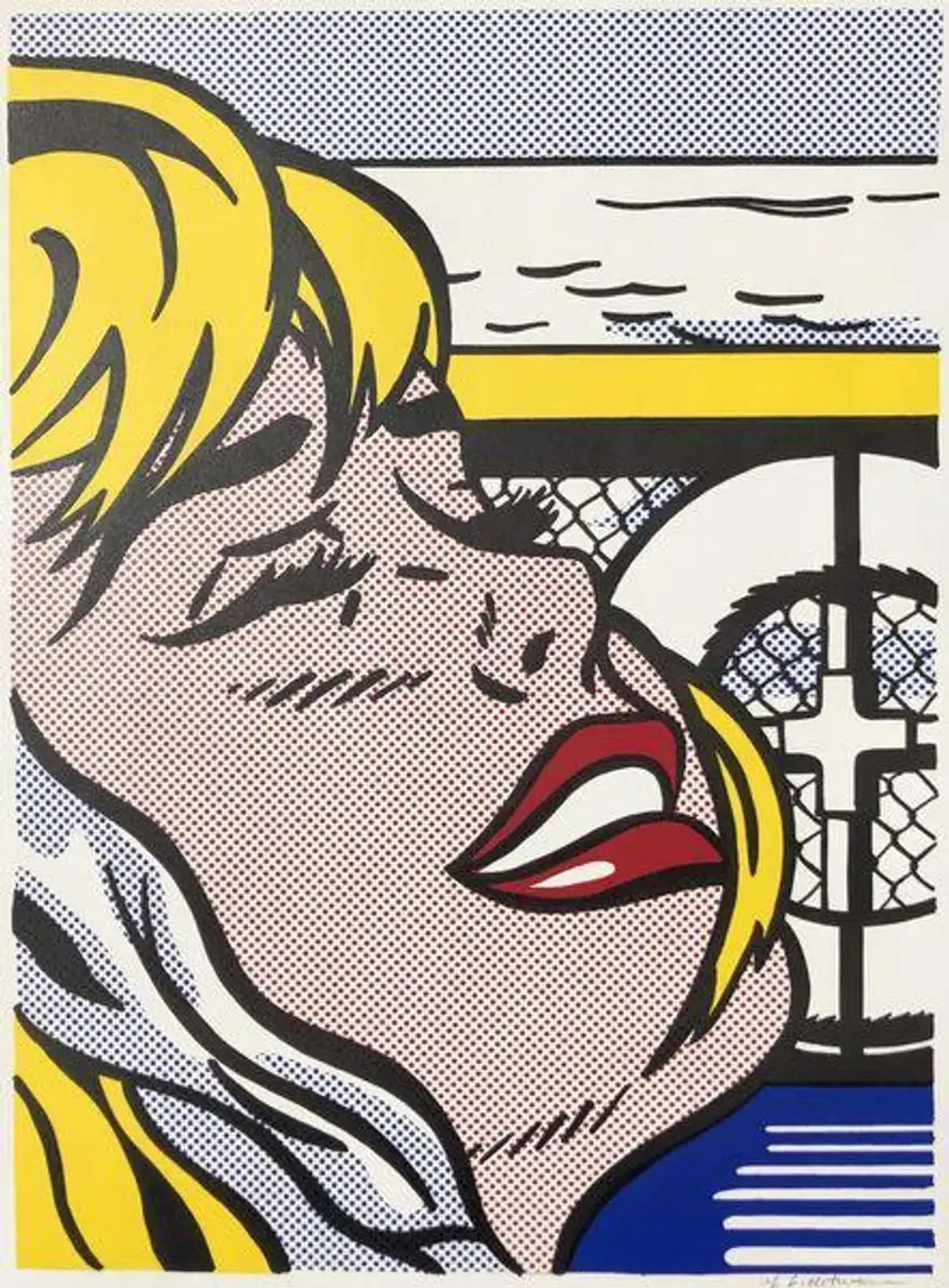Decoding Jasper Johns’ Numbers Paintings

 9 (ULAE 165) © Jasper Johns 1975
9 (ULAE 165) © Jasper Johns 1975
Interested in buying or selling
Jasper Johns?
Jasper Johns
139 works
Key Takeaways
Jasper Johns’ Numbers paintings are a pivotal exploration of repetition, abstraction, and symbolism in 20th-century American art. Johns, a key figure who transitioned away from Abstract Expressionism, utilised everyday symbols like flags, targets, and eventually numbers to challenge conventional artistic boundaries.Through repetition and ambiguity, Johns invites viewers to reexamine the simplicity of numbers, offering a deeper commentary on perception, identity, and the role of symbols in art.
Jasper Johns is widely recognised as a transformative figure in 20th century American art. His groundbreaking approach broke away from the dominant Abstract Expressionism of his time, paving the way for new movements like Pop Art, Minimalism, and Conceptual Art. Central to Johns’ work is his fascination with repetition, the ambiguity of meaning, and symbols. In particular, his Numbers series, which emerged as a significant part of his oeuvre, delves deep into abstraction and symbolism, inviting viewers to explore both the simplicity and complexity of numbers as subjects.
The Origin of the Numbers Series
Inspiration and Early Works
Johns’ exploration of numbers as a central theme in his artwork evolved naturally from his earlier interest in everyday symbols like flags, targets, and maps. By the 1950s, Johns was already redefining what art could be by focusing on common, often overlooked objects. His use of familiar imagery, such as the American flag, in new and thought-provoking ways laid the groundwork for his exploration of numbers. He shifted from purely representational art to more abstract approaches, viewing numbers both as visual forms and as symbols embedded with cultural and personal meanings.
First Numbers Paintings
Johns began creating his first Numbers paintings in the 1960s, applying the same principles of repetition and ambiguity that marked his earlier work. In his series 0-9, 0 Through 9 and Color Numerals, Johns delves into the aesthetic and symbolic potential of numerals, treating them not merely as functional markers but as dynamic subjects for visual investigation. Each piece within both series, representing the digits 0 through 9, is crafted with a unique approach that challenges traditional interpretations of these familiar symbols.
Utilising a range of techniques and materials, Johns reveals the layered complexity of numbers, extending their meaning beyond mere quantification to encompass personal, cultural, and historical significance. This shift from representational imagery to a more abstract engagement with numbers underscores Johns' broader artistic philosophy, which often centres on themes of perception, identity, and the fluid boundaries between object and symbol. Through this work, Johns invites viewers to reconsider the seemingly straightforward nature of numerals, exposing the intricate layers of meaning they can embody.
Repetition and Variation: The Core of the Numbers Series
Exploring Repetition
A defining characteristic of Johns' Numbers paintings is his use of repetition. By repeating the same numeric symbols across the canvas, he strips them of their conventional meanings. The numbers become more than just symbols for mathematical concepts; they transform into shapes, patterns, and textures, each iteration prompting viewers to reconsider their significance. Through repetition, Johns explores how familiarity can lead to new interpretations, inviting the audience to engage with the work on a deeper level.
Variation in Technique and Medium
While repetition is a constant in the Numbers series, Johns varies his techniques and materials, including encaustic, lithography, and collage. Each medium brings a different texture and emotional weight to the work. The encaustic technique, for example, adds a layered, almost three-dimensional quality, giving the numbers a tactile presence. These variations influence how the paintings are perceived, from the cool detachment of lithographs to the warmth and texture of encaustic. Johns’ choice to mix media challenges traditional boundaries, further enriching the interpretive possibilities of his work.
Symbolism and Meaning in the Numbers
Numbers as Universal Symbols
Numbers, in Johns' hands, transcend their typical roles as universal symbols of logic and order. Instead, he transforms them into ambiguous entities that can suggest various meanings—time, sequence, and even the passage of life. By decontextualising these familiar figures, Johns invites viewers to project their own interpretations onto the work, whether personal, cultural, or philosophical.
The Role of Ambiguity
Ambiguity is central to the power of Johns' Numbers series. He deliberately cultivates uncertainty, leaving space for multiple interpretations. This openness challenges viewers to engage with the paintings more actively, compelling them to confront their preconceptions and search for meaning where there may be none, or where it might be deeply hidden. Johns’ resistance to clear categorisation aligns with his broader approach to art-making, where the viewer’s interpretation becomes as significant as the artist’s intent.
The Influence of Johns’ Numbers Paintings on Contemporary Art
Impact on Minimalism and Conceptual Art
Johns' Numbers series significantly impacted the trajectory of contemporary art, particularly in the realms of Minimalism and Conceptual Art. His emphasis on repetition, basic forms, and the deconstruction of meaning resonated with artists exploring similar themes. Johns served as a bridge between the emotionally charged works of Abstract Expressionism and the more detached, analytical approaches that followed, influencing generations of artists who sought to challenge the status quo.
Numbers in Later Works
The themes and techniques explored in the Numbers series continued to evolve in Johns’ later works, where he further delved into the layering of images, references, and meanings. His ongoing interest in repetition, symbolism, and the ambiguity of representation remains evident, reflecting a continuous dialogue between his earlier and later artistic phases.
Criticism and Interpretation of the Numbers Series
Critical Reception
Johns’ Numbers paintings have been the subject of diverse critical reception, ranging from initial scepticism to later acclaim. Early critics often struggled with the perceived simplicity of the subject matter, but over time, the series has been recognised as a significant contribution to modern art. Art historians have praised Johns for his ability to imbue mundane symbols with profound meaning, turning simple numbers into a rich field for interpretation and debate.
Interpreting the Numbers
Interpretations of the Numbers series vary widely, from formalist readings that focus on the arrangement and medium to more psychological and symbolic analyses that delve into themes of time, identity, and perception. These varied readings reflect broader discussions about meaning, authorship, and the role of the artist in contemporary art, showcasing the depth and complexity of Johns’ work.
The Enduring Legacy of Jasper Johns’ Numbers Paintings
Johns' Numbers series exemplifies his ability to transform the mundane into a profound exploration of meaning, perception, and ambiguity. By focusing on simple numerical forms, Johns challenges viewers to look beyond the surface and question the very nature of symbols and their significance. His use of repetition, variation in mediums, and deliberate ambiguity invites endless interpretations, making the work as much about the viewer's experience as the artist's intention. As a bridge between various art movements, Johns' Numbers continue to influence contemporary art, encouraging artists and audiences alike to reconsider the boundaries of representation and meaning.






